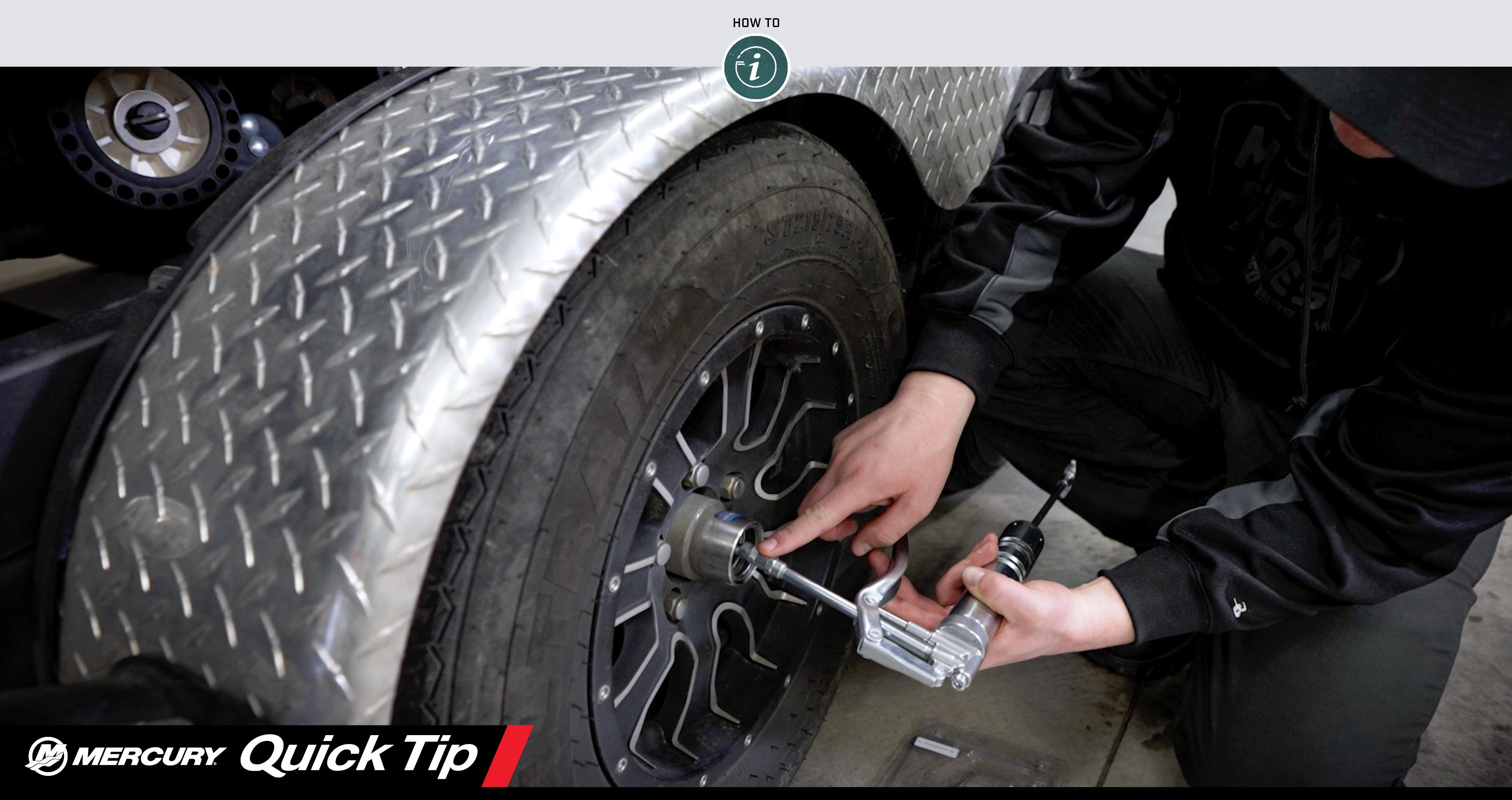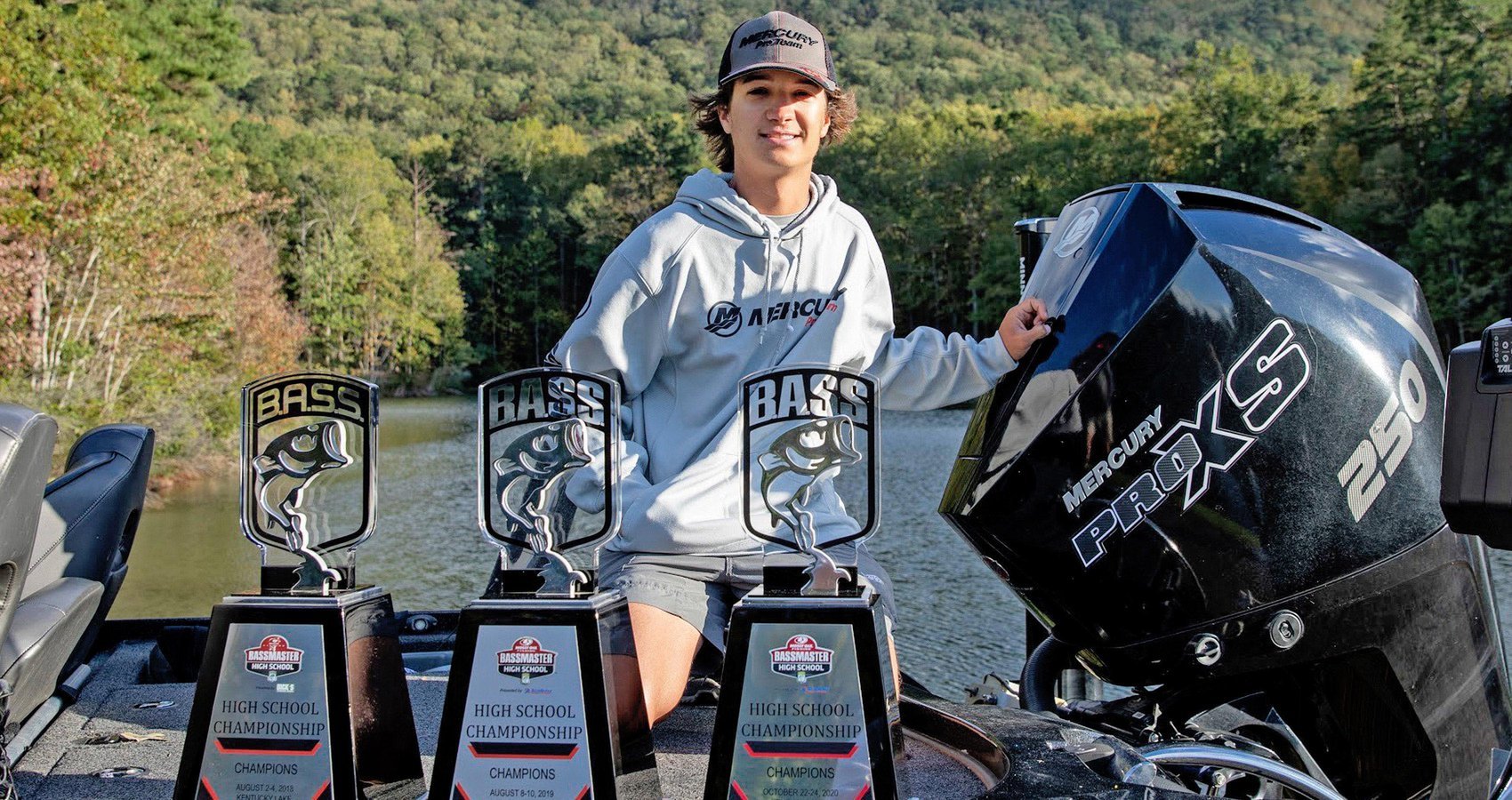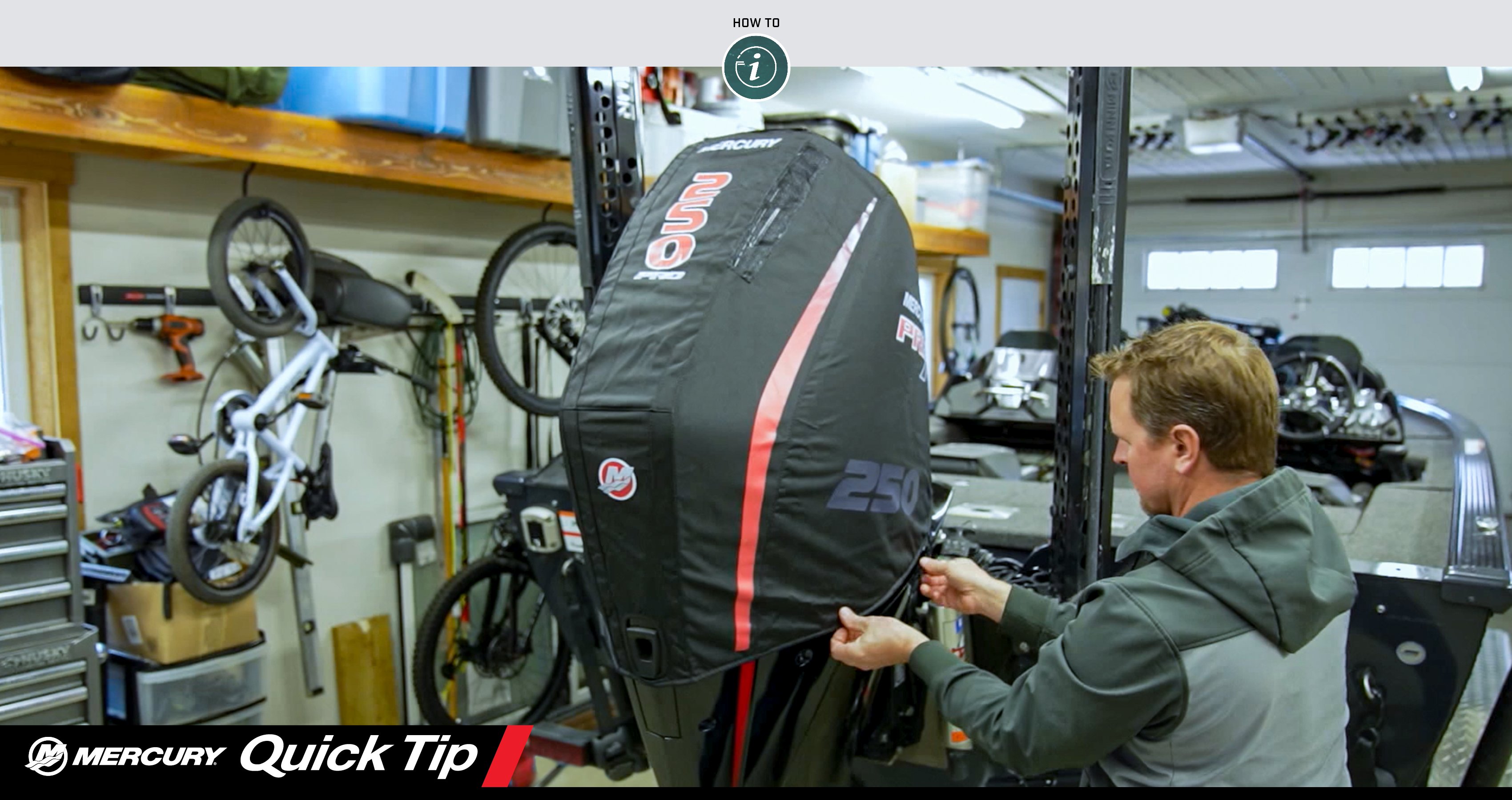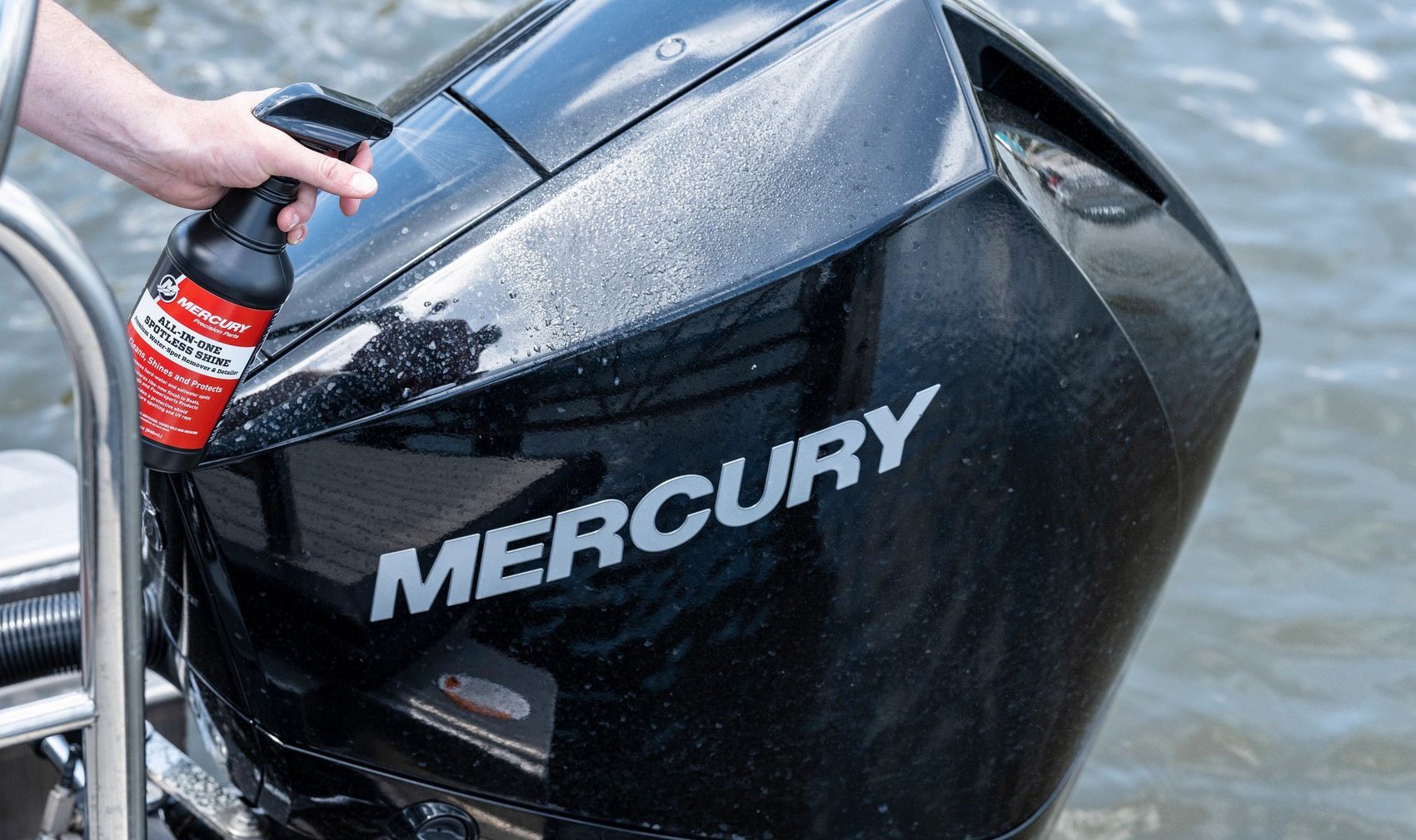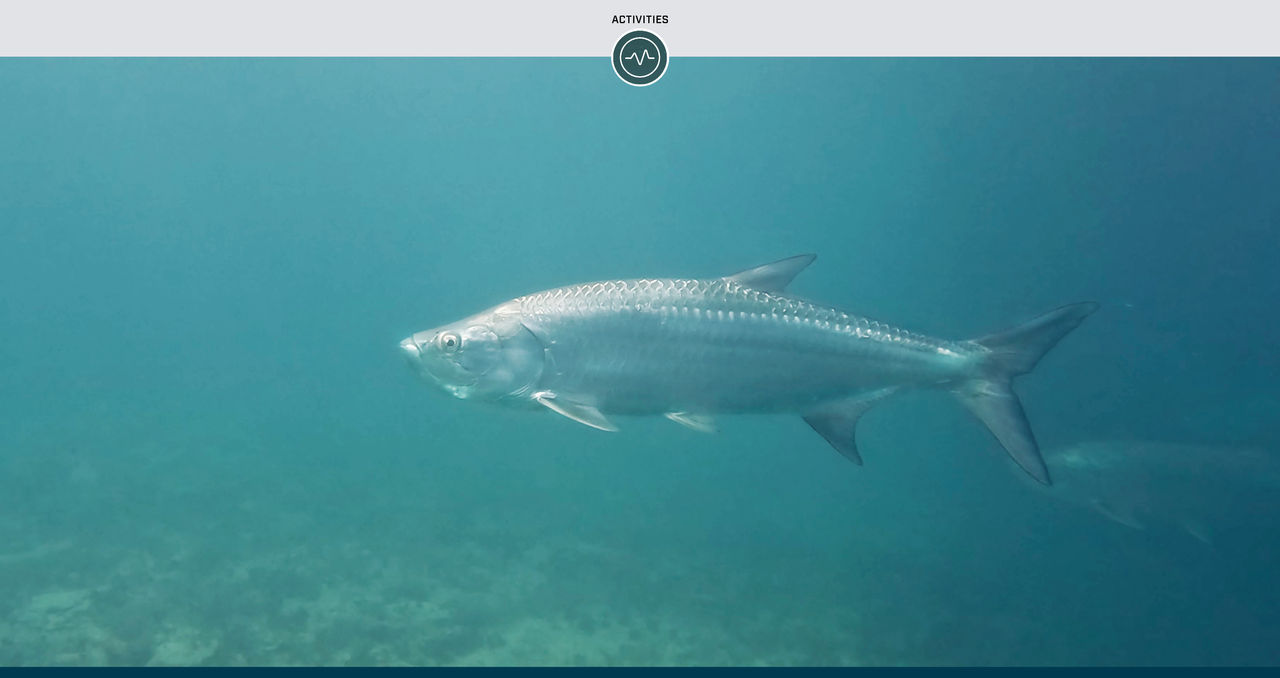The experience of fly-fishing in the Florida Keys isn’t complete without challenging your skills with one of the most sought-after saltwater gamefish – the tarpon. Whether it’s the casting accuracy and precision required or the sheer thrill of watching the aerial jumps and headshakes they are famous for, tarpon are a favorite target of saltwater fly-fishing enthusiasts from across the world.
Ready to learn how to target tarpon on a fly rod? Get the basics regarding gear and strategy for fly-fishing for both juvenile and larger migrating tarpon in the Florida Keys from Mercury Pro Team member Capt. Tom Rowland with Saltwater Experience.
Targeting Baby Tarpon in the Backcountry
The preferred habitat for juvenile tarpon in the backcountry is along mangrove shorelines in areas less than 4 feet deep. These baby tarpon run between 5 and 50 pounds and are present for year-round fly-fishing opportunities in the Florida Keys.
Since baby tarpon feed on small prey items such as tiny baitfish, shrimp and crabs, they are the perfect sportfish to pursue on a 9-foot, 8-weight fly rod-and-reel setup with a weight-forward 8-weight floating fly line. The floating fly line will allow you to present small flies to fish in shallow water without getting hung up on the bottom.
After making a cast, strip in the fly at a cadence that mimics the action of natural forage and be prepared to firmly “strip set” when a tarpon sips up your offering.
Fly-Fishing for Migratory Tarpon
In addition to the backcountry baby tarpon, there are much larger migratory tarpon that come through the inshore waters of the Florida Keys during the months of April, May and June. These months generally coincide with water temperatures reaching (and staying above) the 75-degree mark.
Large migrating tarpon can run anywhere from 60 to 200 pounds. Given the size and strength of these fish, they require a much heavier 9-foot, 11-weight fly rod-and-reel setup with a weight-forward 11-weight floating line. It’s also important to have 300 to 400 yards of backing spooled onto your fly reel because large tarpon are famous for making incredibly long runs.
Fly-Casting Lessons Can Help You Prepare
For your best chance at success when preparing to chase these large silver kings on the fly, invest in a series of professional fly-casting lessons beforehand, particularly if you are a freshwater fly angler who is accustomed to targeting smaller fish. A professional casting instructor can give you expert advice on how to improve your casting accuracy and distance, and how to account for wind – all skills that will be necessary when focusing on tarpon in the Florida Keys.
Navigating Tarpon Waters in the Florida Keys
Once you know the tarpon gear and habitat basics, consider your plan for finding the fish. Being able to make quick runs from one spot to another will give you a major advantage when it comes to timing the tides. It’s why Rowland does much of his flats fishing for tarpon out of a Yellowfin® skiff powered by a Mercury 115hp Pro XS® outboard, which delivers the range, shallow-water maneuverability and efficiency to stay on the fish.
In these areas, once you are out of the channel, use a push pole or trolling motor to make a stealthy approach and avoid spooking any pods of tarpon.
When you land your first tarpon on fly, it will be the memory of a lifetime. Do your part to help future anglers make lifetime fly-fishing memories by learning how to safely handle and release these fish. Then enjoy the process as you learn to chase the silver king.
For more inshore fishing advice from Tom Rowland and Saltwater Experience, check out saltwaterexperience.com.
All trademarks are the property of their respective owners.
